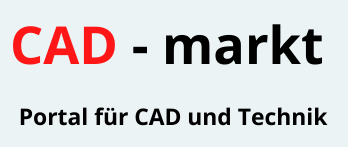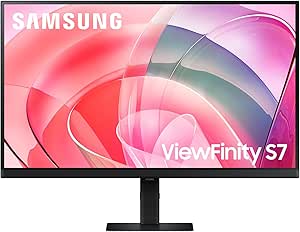The Most Important 3D File Formats for 3D Printing
3D printing has developed rapidly in recent years and is now indispensable in numerous industries. However, before a model can be printed, it must be in a suitable format. In this article, we present the most relevant 3D file formats for 3D printing and examine their advantages and disadvantages.

1. STL (Standard Triangle Language)
The STL format is probably the best-known and most widely used file format in 3D printing. It describes the surface of a 3D object using a large number of triangles, which allows for precise representation of the geometry. STL files do not contain any information about colors, materials, or textures—only the geometric data.
Advantages:
- Widely supported by nearly all 3D printers
- Simple structure enables fast processing
Disadvantages:
- No information about materials or colors
- Can lead to large file sizes if the triangle density is high
2. OBJ (Object File)
The OBJ format is a universal 3D file format that can store not only geometry but also information about textures, colors, and material properties. It is commonly used in 3D modeling, rendering, and also in 3D printing.
Advantages:
- Stores colors and textures in addition to geometry
- Compatible with many 3D modeling programs
Disadvantages:
- Larger file sizes compared to STL
- Not all 3D printing software can interpret textures correctly
3. 3MF (3D Manufacturing Format)
The 3MF format is a relatively new development, created specifically for 3D printing. Compared to STL, it offers a more modern and comprehensive solution by storing not only geometry but also colors, materials, and printing parameters.
Advantages:
- Contains all relevant print information in a single file
- Smaller file size due to efficient storage
Open-source standard with good support from modern printers and software
Disadvantages:
- Not as widely adopted as STL
- Older printers and software may not support it
Conclusion
The choice of the right file format depends on the requirements of the specific printing project. For simple prints without color or material information, STL remains the go-to choice. If you want to include additional information such as colors and materials, OBJ is worth considering. For more modern printing applications with comprehensive support, 3MF is a promising alternative.
Choosing the right format can optimize both print quality and efficiency—an essential factor for successful 3D printing!





